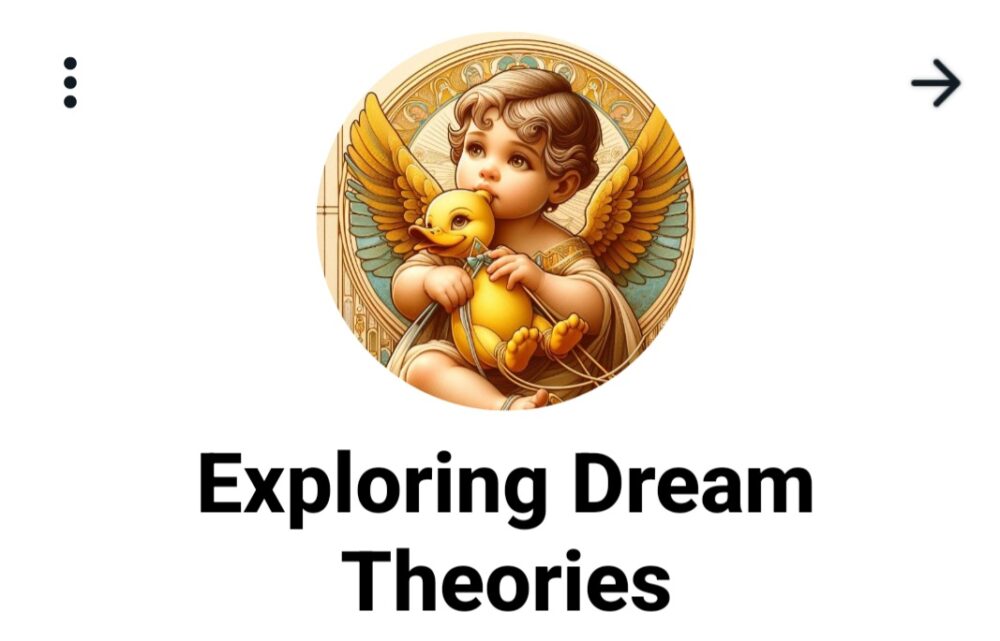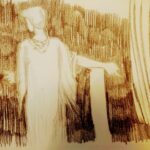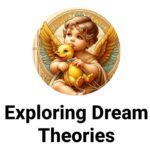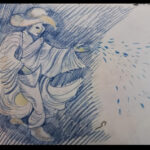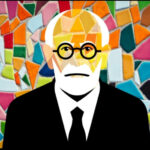Art Theory: Lucid Dreaming as a Creative Canvas
From an art theory perspective, lucid dreaming can be seen as a form of ultimate creative expression, where the dreamer, aware they are dreaming, becomes both artist and audience to the unfolding narrative of their dream. This aligns with the concept of the “artist’s mind” as a space of limitless potential, where imagination is unbounded…
